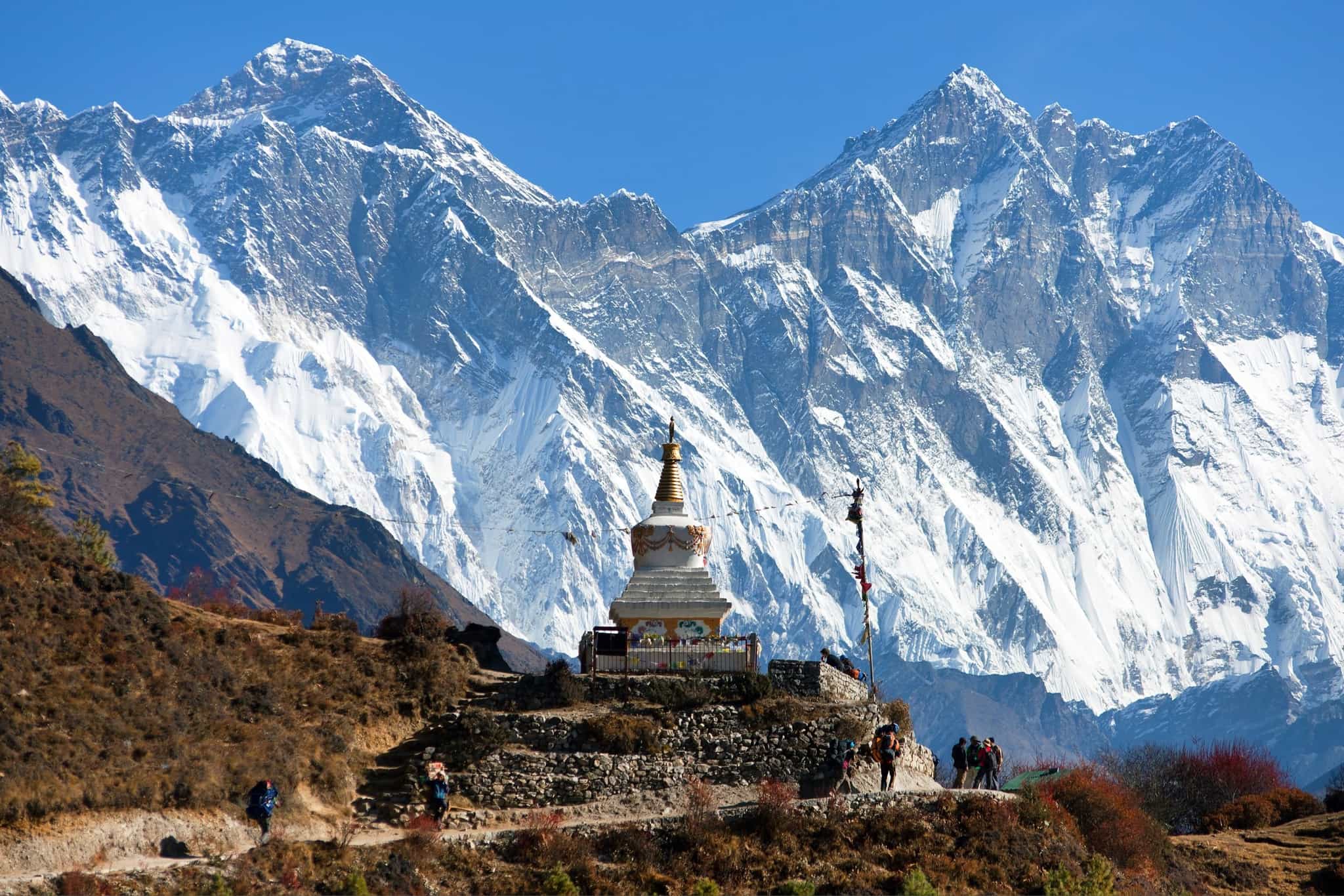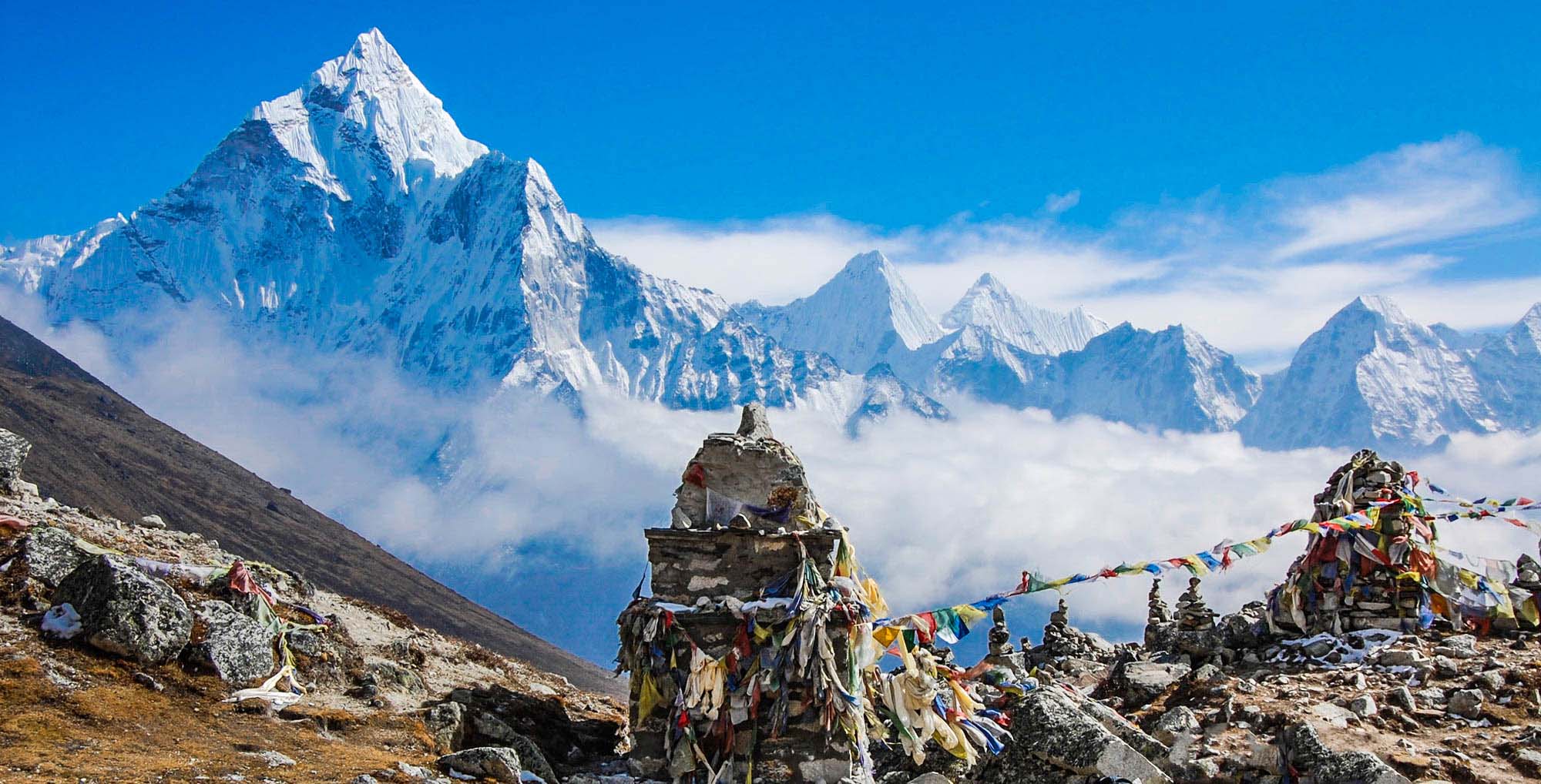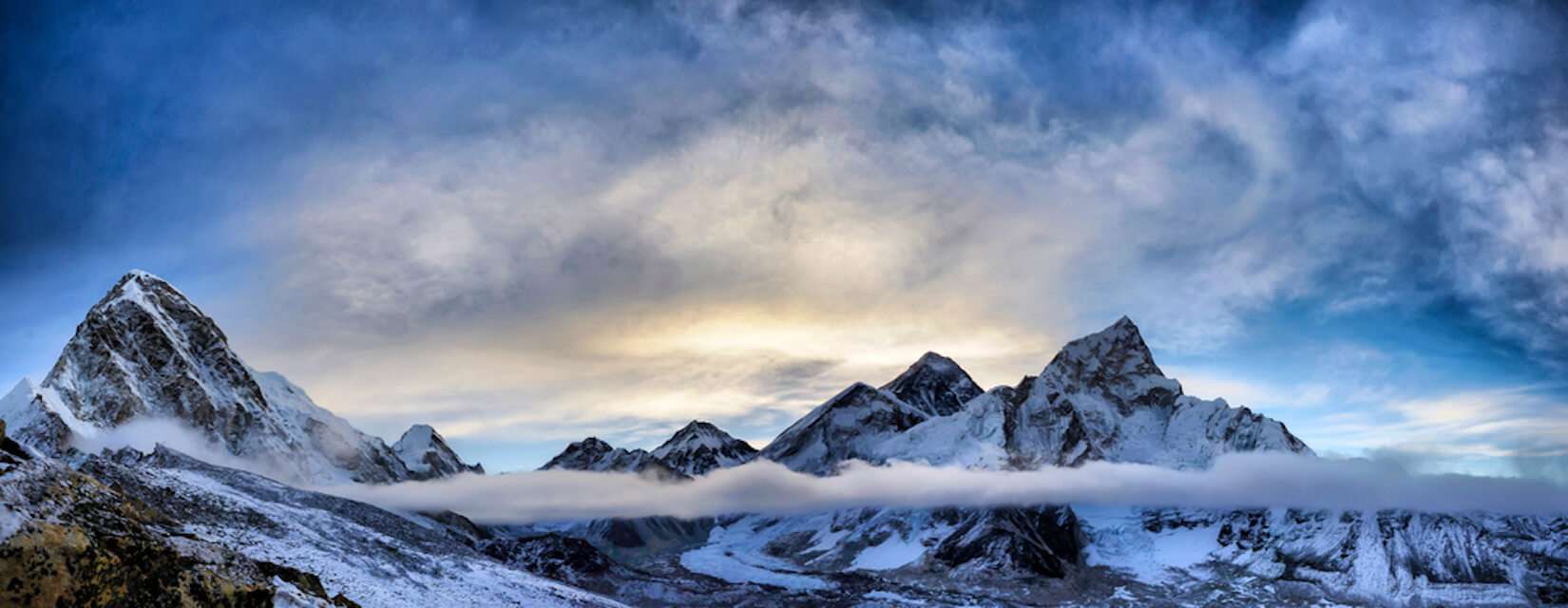


🌄 Everest Panorama / Everest View Trek – Full Overview
The Everest Panorama Trek—also known as the “Everest View Trek”—is a rewarding Himalayan adventure that delivers the grandeur of Everest and its giants through thoughtfully curated viewpoints, yet keeps altitude ascents manageable. Over approximately 9–11 days, trekkers can access some of the most breathtaking vistas in the Khumbu region, all while staying below the extreme altitudes of Everest Base Camp. Below, find detailed coverage of every aspect you’ll need to plan an informed, confident, and enriching trek—without a daily itinerary. This guide includes trekking notes, fitness, logistics, costs, terrain, culture, and safety with full citations.
1. 🏔️ Trek Highlights & Route At a Glance
-
Scenic flight to Lukla, perched high in the Himalayas—an unforgettable atmospheric introduction.
-
Classic trekking trail via Namche Bazaar—a hub of Sherpa culture and stone‑walled villages
-
Visit Tengboche Monastery (~3,850 m), the spiritual heart of the region, with panoramic views spanning Everest, Lhotse, Ama Dablam, and Thamserku.
-
Everest View Hotel (3,880 m) and Panorama viewpoints—ideal vantage points for photographers and nature lovers.
-
Explore Sherpa villages like Khumjung and Khunde, offering cultural immersion along the trail
This trek is often described as easy to moderate difficulty, with the highest altitude reached around 3,900–4,000 m—much lower than high-altitude expeditions.
2. 🏃 Physical & Altitude Considerations
Elevation Summary
-
Maximum altitude: ~3,880–4,000 m
-
Base altitude: Kathmandu (~1,350 m)
Terrain & Daily Effort
Expect 4–6 hour Trekking days, moderate elevation gains each leg along packed trails, rhododendron groves, and stone staircases.
Physical Requirements
-
Recommended for moderately fit travelers
-
Prepare with cardio, hill training or stair‑climbing
-
No mountaineering skills needed—no technical gear required.
Altitude Management
Although milder than Everest Base Camp, AMS can still occur above 3,500 m. Standard advice applies: rest days, gradual ascent, and hydration help minimize risks.
3. 🗓️ Timing & Seasonal Strategy
Best Seasons
-
Autumn (Sept–Nov): Clear — ideal for Everest views and stable weather.
-
Spring (Mar–May): Blooming alpine flora and crisp skies.
Off‑Season
-
Winter: Crisp alpine scenery, cold temperatures
-
Monsoon (Jun–Aug): Rain, landslides, leech hazards—generally avoided.
4. 📋 Trip Planning, Permits & Logistics
Flight Logistics
-
Round-trip Kathmandu ↔ Lukla flights—weather-dependent schedules may cause delays.
Permits Required
-
TIMS card
-
Sagarmatha National Park Permit.
Support Team
-
Licensed English-speaking guide highly recommended
-
Porter service optional—ideal if you prefer a light day‑pack.
Accommodation & Meals
-
Twin-share or dorm teahouses, budget to mid-tier
-
Meals available: dal-bhat, soups, pasta, desserts; expect to pay USD 5–10 per meal.
Budget Planning
-
Packages range USD 770 – 1,500 depending on comfort, guide, private vs group, and trek length.
-
Anticipate extra USD 200–300 for gear rental, Wi‑Fi, hot showers, snacks, tips
5. 🇳🇵 Sherpa Culture & Community Insights
Village Life
Namche, Khumjung, and Khunde are vibrant hubs; monasteries host rituals, and local markets offer authentic Sherpa handicrafts.
Tengboche Monastery Visit
Attend prayer chants or ceremonies—these moments often highlight the spiritual heartbeat of the trail.
Responsibility & Respect
Photography requests welcome, but always ask. Observe dress codes at sacred sites—covered shoulders/legs and shoe removal around property.
6. 🌱 Sustainability & Trail Stewardship
-
Trail lies within Sagarmatha National Park—waste policies include carry-out rules for toilet and plastic trash.
-
Many operators promote eco-friendly options—reusable bottles, biodegradable soaps
-
Support local economy: stay in Sherpa-owned lodges, hire local guides/porters, and bring locally-made souvenirs
7. 🛡️ Safety, Health & Emergency Measures
Altitude Safety
-
AMS protocol remains essential: stay well-hydrated, ascend gradually, rest as needed
Emergency Access
-
Guides often carry SPOT/SAT phones, and evac helicopter services are accessible
-
Nearest clinics available in Namche for minor injuries
Insurance Recommendations
-
Get comprehensive coverage with altitude to 5,000 m, helicopter evacuation, and trip cancellation features
8. 🎒 Gear Essentials & Packing
Clothing Essentials
Layer smartly: base layer, fleece, down jacket, shell jacket/pants. Nights can drop below –5 °C
Footwear & Day Gear
Supportive, waterproof hiking boots and poles recommended. Sunglasses, sunscreen, headlamp, and daypack (35–45L).
Extras
Bring a power bank, small first-aid/drainage kit, water purification (tablets or filter), and spare socks.
9. 🧭 Trek Difficulty Assessment
Overall Rating: Easy to Moderate
-
No glacial travel or climbing; zero crampons required
-
Peak altitude ~4,000 m—not strenuous, but altitude-tolerant
-
Ideal for novices and seniors; manageable by active 12+ year olds
10. 💬 Testimonials & Community Feedback
Trekkers often share:
“Breathtaking, with Everest looming over us by the Panorama points,”
“Perfect intro to Everest without risking altitude exhaustion,”
“Ideal for families and those short on time but craving majestic Himalayan views”
11. ✅ Summary Table
| Feature | Details |
|---|---|
| Max Altitude | ~3,900 m |
| Difficulty | Moderate – no technical climbing, manageable ascents |
| Duration | 9–11 days |
| Best Seasons | Spring (Mar–May) & Autumn (Sept–Nov) |
| Cost Estimate | USD 770–1,500 (combo package) + extras |
| Physical Prep | Cardio, hill training, light bodyweight strength |
| Must-Pack Gear | Layered clothing, waterproof boots, poles, daypack |
| Permits Included | TIMS + Sagarmatha NP permit |
| Cultural Tip | Dress modestly; respect monasteries, ask before photos |
| Eco-Friendly | Carry out trash, use reusable bottles, support local lodges |
| Safety Essentials | AMS protocol, emergency satellite support, insurance |
What’s Next?
I’d be happy to craft specialized sections next—such as:
-
Full itinerary with day-by-day plans and elevation profiles
-
Detailed gear checklist tailored to your preferences
-
Comparative guide: Everest Base Camp vs Panorama Trek
-
Operator reviews or self-guided vs guided decision-making
Just let me know which aspect you’d like to dive into











